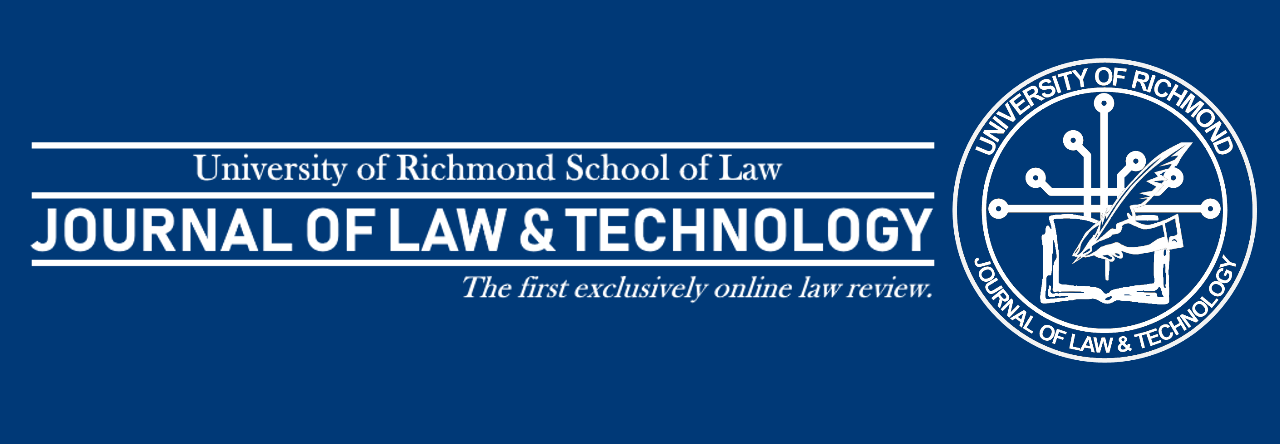By Liz Jacobs
Over the past few years, conversations have sparked about whether electronic wills would increase the number of individuals in America to make a valid will. This conversation quickly picked up in the last year due to the pandemic, COVID-19.[1] COVID-19 not only has concerned individuals about death, but also has discouraged individuals from face-to-face meetings with one another or an attorney.[2] In fact, COVID-19 caused Americans to rush to make a will, in a country where most individuals do not have one.[3]
In many states, for a will to be valid, it must be in writing, signed by the testator, and have two individuals witness the signature to authenticate the document. Allowing electronic wills to be valid raises questions to how the requirements of a will would be achieved.
How would individuals have witnesses sign the will? What other implications could rise in the legal world?
Some states have allowed electronic wills in the past few years. “Since 2017, Arizona, Florida, Indiana, and Nevada have passed statutes that permit e-wills.”[4] During the COVID-19 pandemic, some state lawmakers, including Connecticut, Illinois, Kansas, Michigan, New York, and Tennessee relaxed will formalities to encourage individuals to create a will under the trying circumstances.[5] While states have attempted to create an alternative to formal wills, especially for exigent circumstances, the measures are riddled with caveats and exceptions.[6]
Another state that has implemented electronic wills due to COVID-19 is Utah.[7] The state has said that two witnesses are still required for the will to be valid, but they can do so remotely.[8] Further, New York’s governor implemented remote executions of wills at the beginning of the pandemic.[9] While some states have allowed electronic wills, concerns are growing as many questions are still being fleshed out because of the quick legislation.[10] Much of the legislation has provided broad language, leaving it up to the courts to ultimately interpret.[11]
While regulations differ for each state, many states have adapted to allow virtual witnesses for a will. For states allowing virtual witnesses, what exactly constitutes a virtual presence? The witness must have a clear line of sight to the person signing in real time.[12] Pre-recorded videos are not permitted.[13] Further, the government suggests that each part of the will-signing procedure should be recorded in case of any disputes in probate.[14]
So, what does the future of wills look like, especially after the pandemic? Well, many states who have relaxed will formalities only temporarily, to fulfill needs during the pandemic. Further, some states’ harmless error rule may already validate electronic wills.[15] Therefore, regardless of whether states introduce permanent statutes allowing electronic wills or remote witnesses, the harmless error rule may allow for these types of wills to be probated.[16]
Ultimately, COVID-19 may have displayed how the formal will process can be seen as inconvenient, and how in a society filled with technology, electronic wills may be the future of the country. At this point, electronic wills and electronic signatures may be allowed in some states, but as for a guarantee of creating a valid will, electronic wills may not be the safest option.
[1] Bryan Borzykowski, Americans Rush to Make Online Wills in the Face of the Coronavirus Pandemic, CNBC (Mar. 25, 2020, 9:14 AM), https://www.cnbc.com/2020/03/25/coronavirus-pandemic-triggers-rush-by-americans-to-make-online-wills.html.
[2] Id.
[3] David Horton & Reid Kress Weisbord, COVID-19 and Formal Wills, 73 Stanford L.R. 18 (2020); Borzykowski, supra note 1.
[4] Horton, supra note 3.
[5] Id.
[6] Id.
[7] William E. Boyes & Thomas M. Karr, Proving a Will in the Age of COVID, ACTEC Foundation (Aug. 10, 2021), https://actecfoundation.org/podcasts/proving-will-covid-2021-ewill.
[8] Id.
[9] Id.
[10] Id.
[11] Id.
[12] Simon Goldring, Remote Witnessing of Wills: A Step in the Right Direction, McDermott, Will & Emery, https://www.mwe.com/insights/remote-witnessing-of-wills-a-step-in-the-right-direction.
[13] Id.
[14] Id.
[15] Francesca Torres, Electronic Wills: COVID-19 Relief or Inevitable Trouble for California?, 52 Univ. of the Pacific L.R. 435 (2021).
[16] Id.

Image Source: https://money.com/best-online-will/















